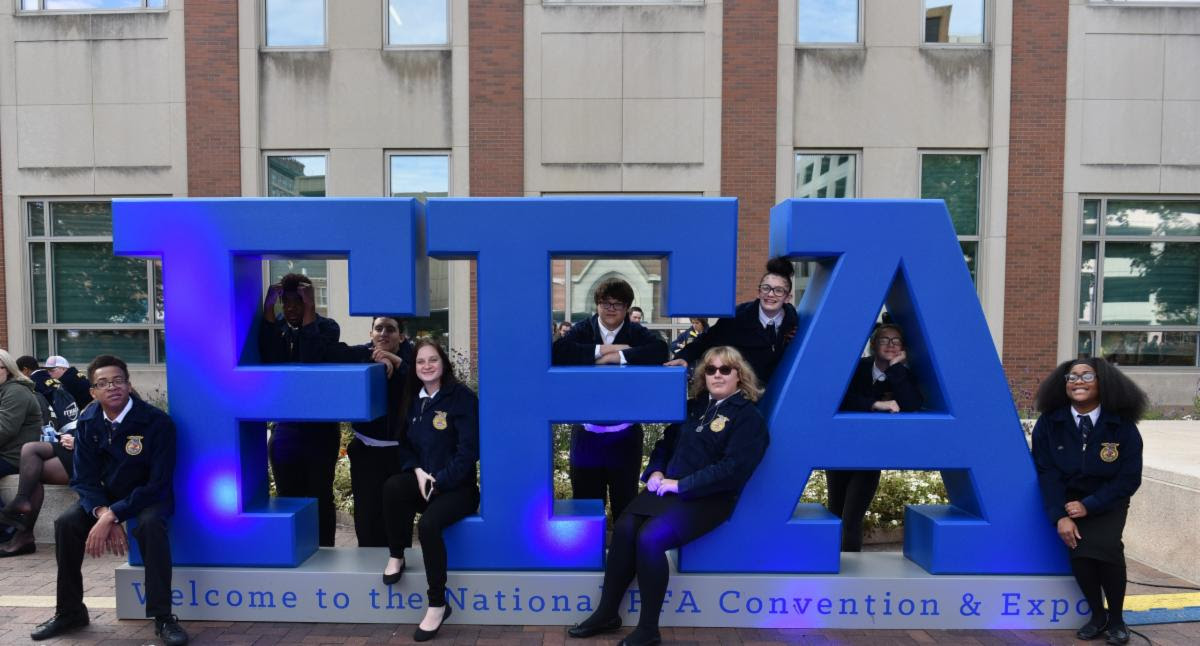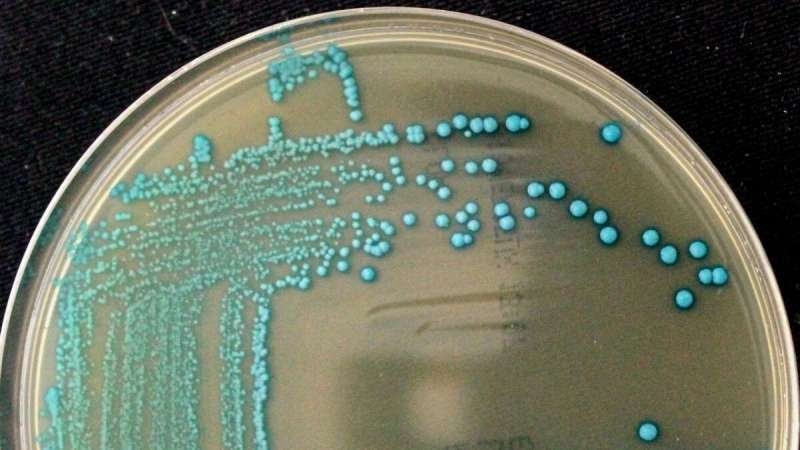
CROP PROTECTION
Almonds: Most growers are out of the woods for leaffooted bug (LFB) as treatment has been applied and shells begin to harden – however, continue to monitor fields to ensure no new damage is occurring. Mummy sprays should be about wrapped up with most growers trying to finish by no later than mid-May. With the dry and warm winter we had there has been a considerable build in mite populations. Continue to monitor closely as populations can grow quickly with increasing temperatures in the forecast. As we approach June, you might contact your GAR Bennett PCA and consider pulling tissue samples to plan for late season fertilizer applications. Even late season potassium applications can help add yield to the current year’s crop if applied early enough. Foliar potassium applications help potassium be taken up quickly to meet the tree’s nutrient needs. We will want to ensure potassium levels are sufficient before entering the period of bud differentiation.
Cherries: Harvest has started on all varieties and is moving along. As growers begin to shift into post-harvest mode, some will start gearing up to prune and clean up weeds. Focus will also shift to post-harvest nutrition as we want to try to build up buds and protect them. As we get into the higher temperatures, we may consider applying a protectant on younger trees to prevent sunburn on scaffolds. Contact your GAR Bennett PCA for expert advice.
Citrus: Some growers are wrapping up sprays for thrips, except for slower growing varieties. PCAs are scouting for potential re-treatments for thrips due to reinfestation and katydids. The first flight of red scale is currently happening, and pressures have been high. Contact your GAR Bennett PCA. Now is a good time to supplement your nutritional program for appropriate treatment options if red scale is an issue in your citrus groves.
Grapes: Grape bloom is wrapping up; growers are almost done with shatter sprays and will turn focus to berry sizing in table and raisin grapes. Your GAR Bennett PCA is scouting intensely for mealybug and monitoring omnivorous leafroller (OLR) flights to time insecticide applications for the most efficiency. Stay in close contact with your GB PCA to properly time applications for mildew control. This week’s mid-80’s is ideal weather for powdery mildew to develop. Fertilizer applications will wrap up post-bloom.
Pistachios: Growers are currently scouting for Botryosphaeria (BOT) and Botrytis. Be sure to keep an eye out for these diseases and Gill’s mealybug. Consult your GAR Bennett PCA to make sure disease doesn’t spread and pest populations don’t get out of hand. Typically, BOT sprays are applied the end of May into early June depending on rain; your GB PCA can help you target the best time for your crop. Growers are applying nitrogen and potassium fertilizers to ensure trees will have plenty of nutrients during nutfill.
Stone Fruit: Harvest for early varieties is moving along. The weather has been ideal for growth. Many blocks are being treated with a pre-harvest fungicide along with an insecticide for worms and silvering thrips on nectarines. As we get later into the season on nectarines, keep an eye out for katydids as these pests will begin to migrate. Contact your GAR Bennett PCA for expert advice.
Walnuts: The 1B codling moth flight took place around May 10 in most areas. Some growers that had trap activity applied worm treatments and included a fungicide for Botryosphaeria (BOT). Other growers elected to just make fungicide treatments. In some cases, tank mixes included products for nematode and scale suppression. Chandlers are experiencing erratic leaf out this year and it doesn’t look great in some spots. Talk with your GAR Bennett PCA for expert advice on how to handle this situation. Currently, the crop looks promising in most cases—Serrs, Tulares, and Ivanhoes seem to have average to above average yield.
Alfalfa Seed: Clean up begins in the next seven days prior to bees being placed along field edges. Clean up consists of spraying for pests (lygus, aphid, armyworm) and a preventative treatment for mites. Contact your GAR Bennett PCA for expert advice.
Cotton: Side dressings of UN 32 are finishing up. Growers with Roundup Ready cotton will be doing an over the top spray to control weeds. Check with your GAR Bennett PCA for rates and timing.
Dehydrated Onions: Growers are currently on their second fungicide application to prevent downy mildew and purple blotch. GAR Bennett PCA’s are also scouting for thrips; contact them should you have any issues.
Garlic: This crop is starting to wind down as we approach harvest. As garlic grows, it loses layers of skin. When it comes time for water cutoff, we want to ensure the garlic has a minimum of five skins. If not, the garlic may shatter, leaving cloves on the ground before harvest. Irrigation is finished on early garlic while late garlic is still finishing up. Contact your GAR Bennett PCA for expert advice.
MATING DISRUPTION
Use Pheromone Products to Thwart Pests
contributed by Mike Portugal of Suterra
Pest management is often associated with insecticides and little else. However, a comprehensive Integrated Pest Management (IPM) program tackles insects at all stages of development. Pheromone-based mating disruption products use affordable and ecologically-friendly methods to effectively prevent new generations of pests from being born.
CROP NUTRITION
Supplemental Fertilization with Foliar Phosphorus and Potassium
contributed by Tom Gerecke of Nutrient Technologies Inc.
Most crops receive the bulk of their annual P and K fertilization at the beginning of the season. Both P and K are notorious for rapidly reduced availability in the following months, but the decline begins within hours to days after application. These decreases in availability are opposite of what crops need as they progress through their development cycle.
WATER SERVICES
It will be 100 degrees before we know it. Now is a good time for a maintenance check of your system:
Walk your rows and inspect systems.
Check pump connections.
Check filters.
Check for plugged drippers.
Flush your drip lines.
Make sure you’re getting the best distribution uniformity for your field.
If you have any issues give the GAR Bennett water services team a call with any problems or questions.
COMPLIANCE
WORKER SAFETY
Understanding the risk that growers inherit during the peak heat season is a must for California farmers. Our GAR Bennett trainers begin early to ensure each employee has the proper tools to keep cool during the long hot months the Central Valley endures. An area of emphasis is to have the employees take time to acclimate to the weather wearing proper cool and breathable clothing. Drinking plenty of water and taking frequent breaks are both highly encouraged as well. Our trainers think outside the box, incorporating risks into heat illness trainings such as environmental, air temp, humidity and radiating heat from the sun. We want to remind employers ahead of time to have shade ready for employees if temperatures reach over 80 degrees. In addition, our trainers are continuing field sanitation requirements during the peak season to keep your farm in compliance with GFSI audits.
Building relationships in the food safety industry is crucial to stay ahead of the curve. This includes staying in touch with certifying bodies who conduct third-party audits and federal inspectors as well. Our growing team continues to enroll in GLOBALG.A.P. and PrimusGFS trainings to ensure the material we provide at GAR Bennett is not only accurate, but easy to understand. The most recent class on HACCP was beneficial for the team to get more experience for packing houses, cold storage facilities and processing facilities. Our consultants also take a FSMA (Food Safety Modernization Act) refresher each year. Putting your trust into a GAR Bennett food safety consultant will allow your farm to stay ahead of the curve and stay in compliance. Reach out to GAR Bennett today to get additional information on these programs.
WHAT’S HAPPENING
PG&E’S ON-BILL FINANCING
Let GAR Bennett experts help you save! PG&E’s OBF program reduces energy consumption of electric or natural gas engines that run pump systems. PG&E offers 0% interest loans for replacing old and worn out equipment with more energy-efficient models. Loans range from $0 up to $250,000 per pump project.
Example of OBF benefits:
Cubic feet per second increased to 2.86 from 1.97.
Kilowatt hours per acre ft. decreased to 1261.57 from 1505.98.
Cost to pump an acre ft. decreased to $126.15 from $331.32.
Energy Cost ($/hour) decreased to $30.12 from $53.99.
Overall plant efficiency increased by 10%.
For more information or questions on PG&E’s OBF program, please contact your GAR Bennett expert:
Mike Fletcher: 559-904-3243 | [email protected]


94th National FFA Convention & Expo Will Be In Person for 2021
By Kristy Meyer, National FFA Organization

Scientists discover five new species of listeria, improving food safety
By Blaine Friedlander, Cornell University

Water Funding in Latest Budget Proposal: ‘Band-Aids at Best’
By Brian German, AgNet West

